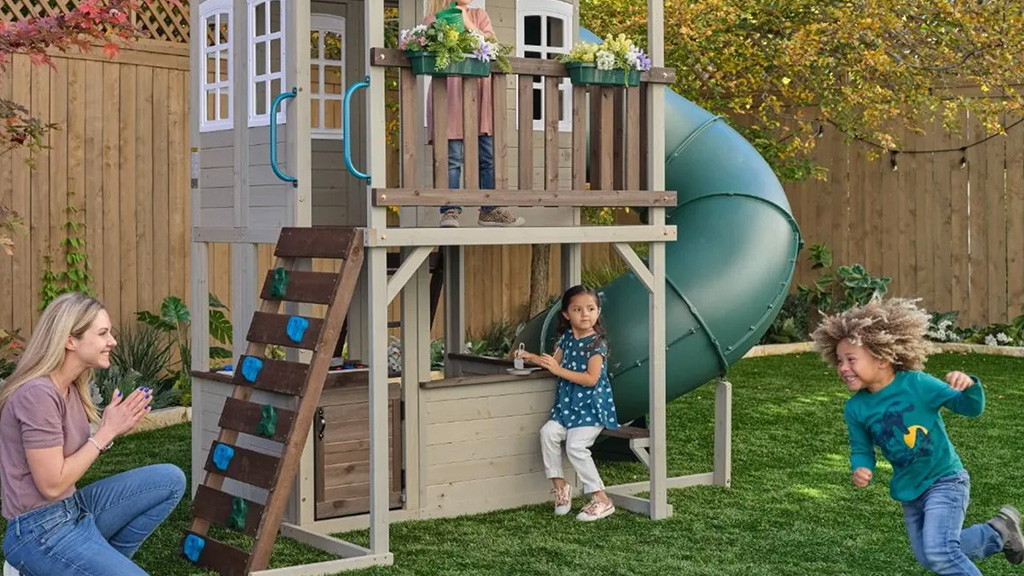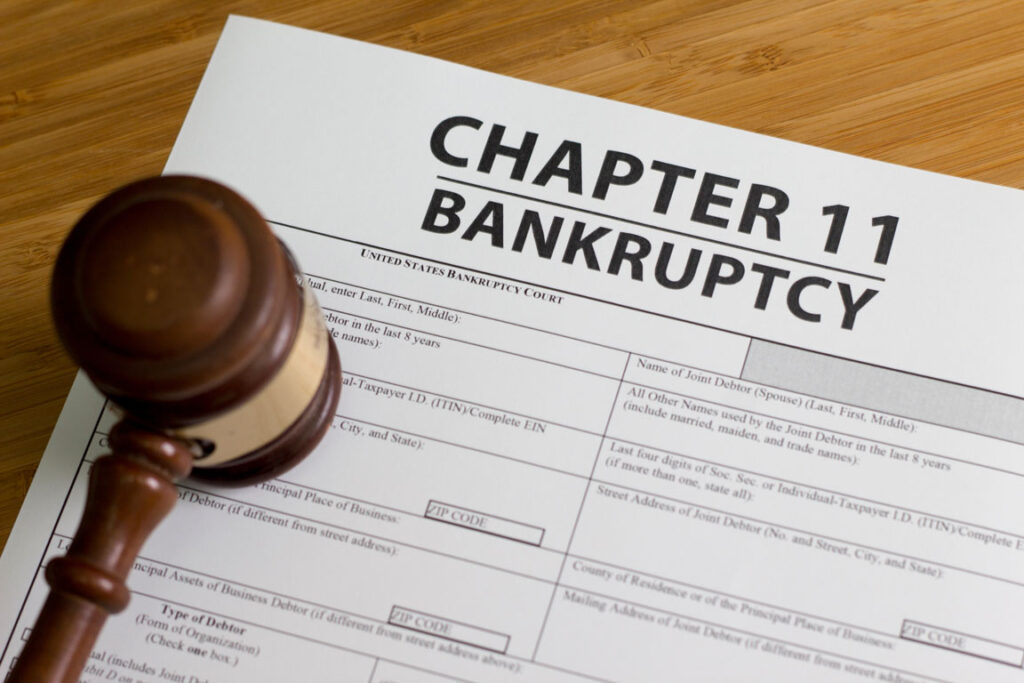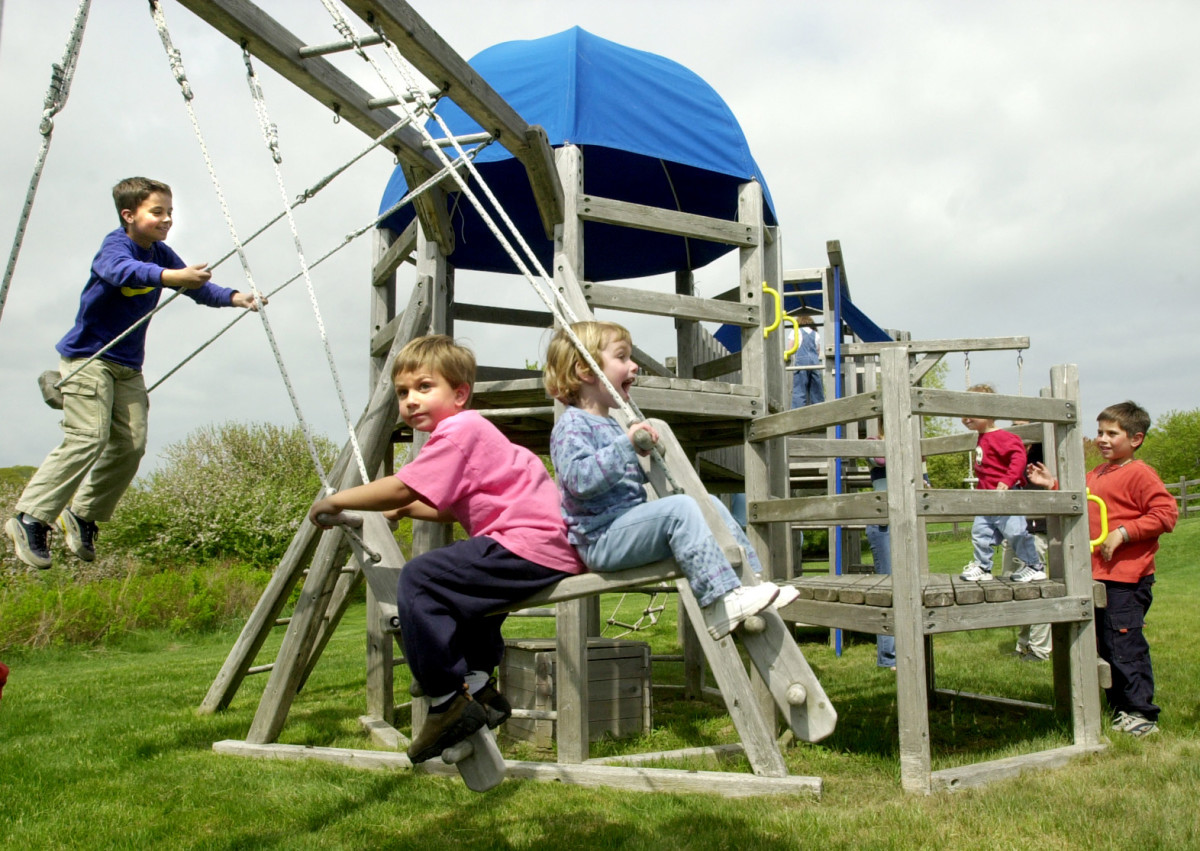The children’s toy industry has seen its fair share of highs and lows over the past two decades, with numerous companies facing financial hardships severe enough to lead to bankruptcy filings. Historical examples like KB Toys and Toys ‘R’ Us highlight a trend of major retail bankruptcies within the industry, driven by immense debt loads and fierce competition from giants like Amazon, Walmart, and Target. KidKraft Inc., a leader in children’s imaginative toys and outdoor playsets, is the latest to face such challenges, having recently filed for a prepackaged Chapter 11 bankruptcy.

KidKraft’s Strategic Bankruptcy Move
On May 10, KidKraft and its ten affiliates filed for bankruptcy in the U.S. Bankruptcy Court for the Northern District of Texas, Dallas. This strategic move is designed to facilitate the sale of substantially all of its assets to Backyard Products, America’s top manufacturer of backyard sheds and playsets. The decision to sell comes in the wake of substantial operational and financial pressures that threatened the company’s ongoing viability.
KidKraft Inc., an industry leader in children's imaginative toys and outdoor play products, and 10 affiliates on May 10 filed for a prepackaged Chapter 11 Bankruptcy in the U.S. Bankruptcy Court for the Northern District of Texas
— MAISA (@MaisaCorp) May 11, 2024
The International Angle
Adding an international layer to its bankruptcy strategy, KidKraft has also engaged in recognition proceedings under the Companies’ Creditors Arrangement Act in Canada, reflecting its global reach and operational complexity. KidKraft operates four subsidiaries in Canada, enhancing its distribution capabilities across North America.

KidKraft’s Financial Challenges and Restructuring Plan
In court documents, KidKraft revealed the gravity of its financial situation, with assets and liabilities each listed between $100 million to $500 million. The company’s prepetition debt obligations were substantial, totaling approximately $151.9 million, including significant amounts owed on various credit facilities and unsecured notes. The restructuring support agreement with major stakeholders like Gordon Brothers, MidOcean Partners, and Backyard Products aims to ensure a smooth transition through the bankruptcy process.
Ensuring Operational Continuity
To maintain operations during this transitional phase, KidKraft is seeking approval for up to $10.5 million in debtor-in-possession financing from Gordon Brothers. This financial injection is critical to cover business expenses and facilitate the restructuring process, with an immediate $4 million required on an interim basis and an additional $6.5 million upon final approval.
KidKraft’s Toy Bankruptcy Plan: Brand and Job Preservation
KidKraft’s prepackaged bankruptcy plan is not just about financial restructuring but also about preserving the brand and the jobs it supports. The proposed Section 363 sale of its assets aims to allow KidKraft to continue as a going concern, ideally under the new ownership of Backyard Products. This move could potentially enable KidKraft to emerge from bankruptcy more streamlined and focused, ready to face the competitive challenges of the toy industry with renewed vigor.

Conclusion: A New Chapter for KidKraft
As KidKraft navigates through these challenging times, the support from its creditors and the strategic sale of its assets are pivotal in setting the stage for its next chapter. The toy industry, while fraught with financial peril, continues to offer substantial opportunities for those who can innovate and adapt. For KidKraft, this bankruptcy represents both an end and a new beginning, with hopes high that this storied brand can find its footing once again in the ever-evolving market landscape.


